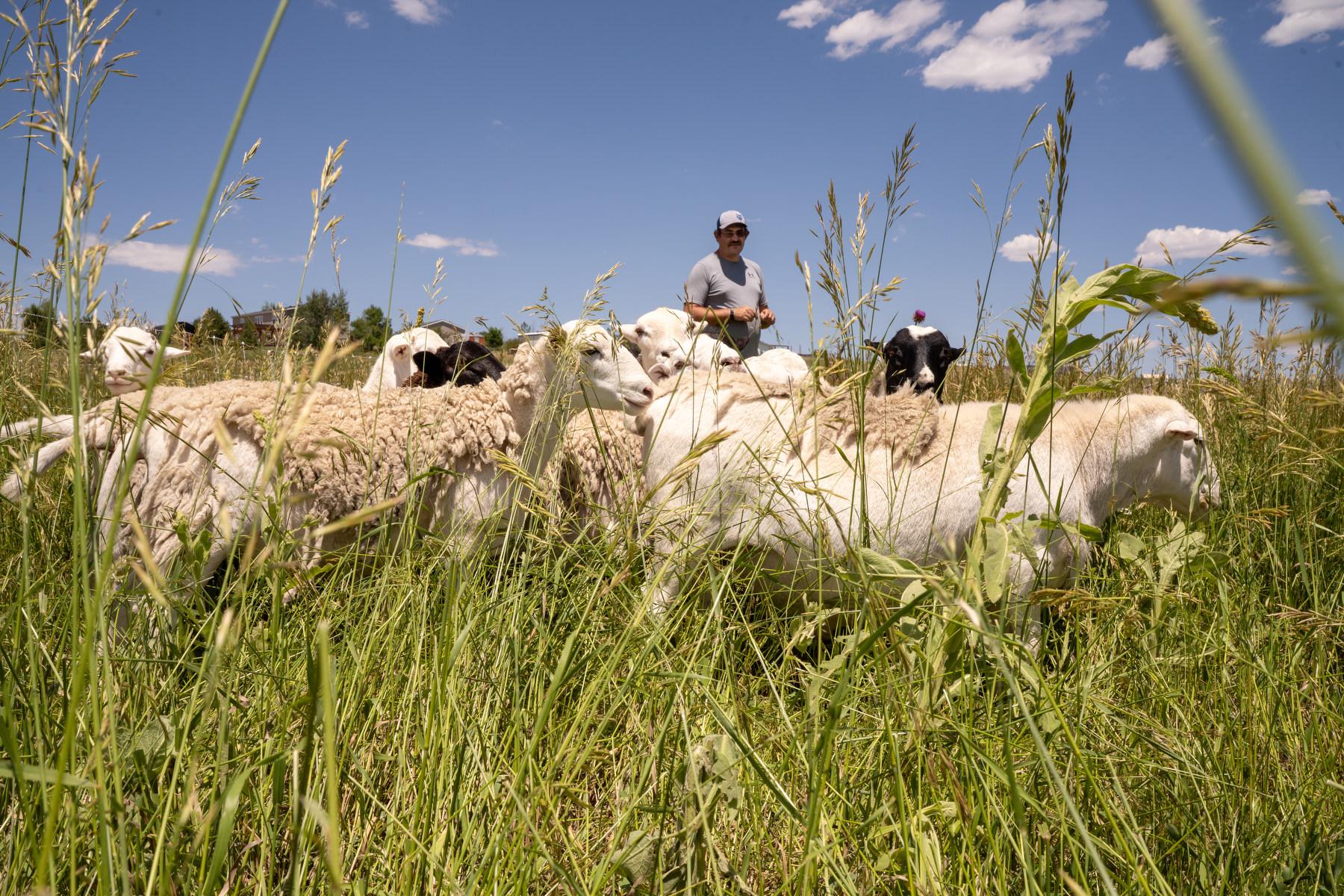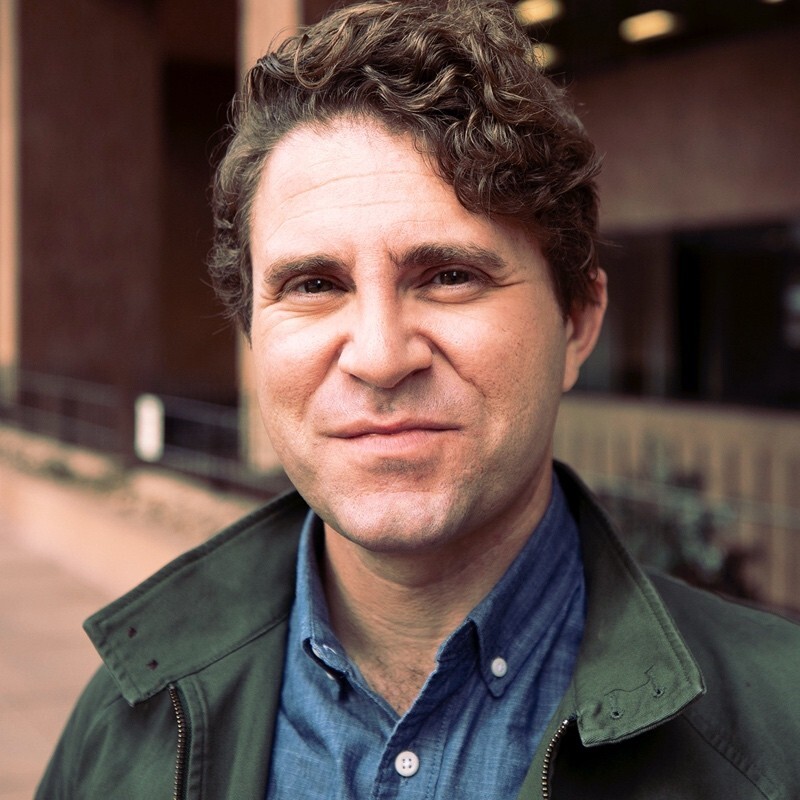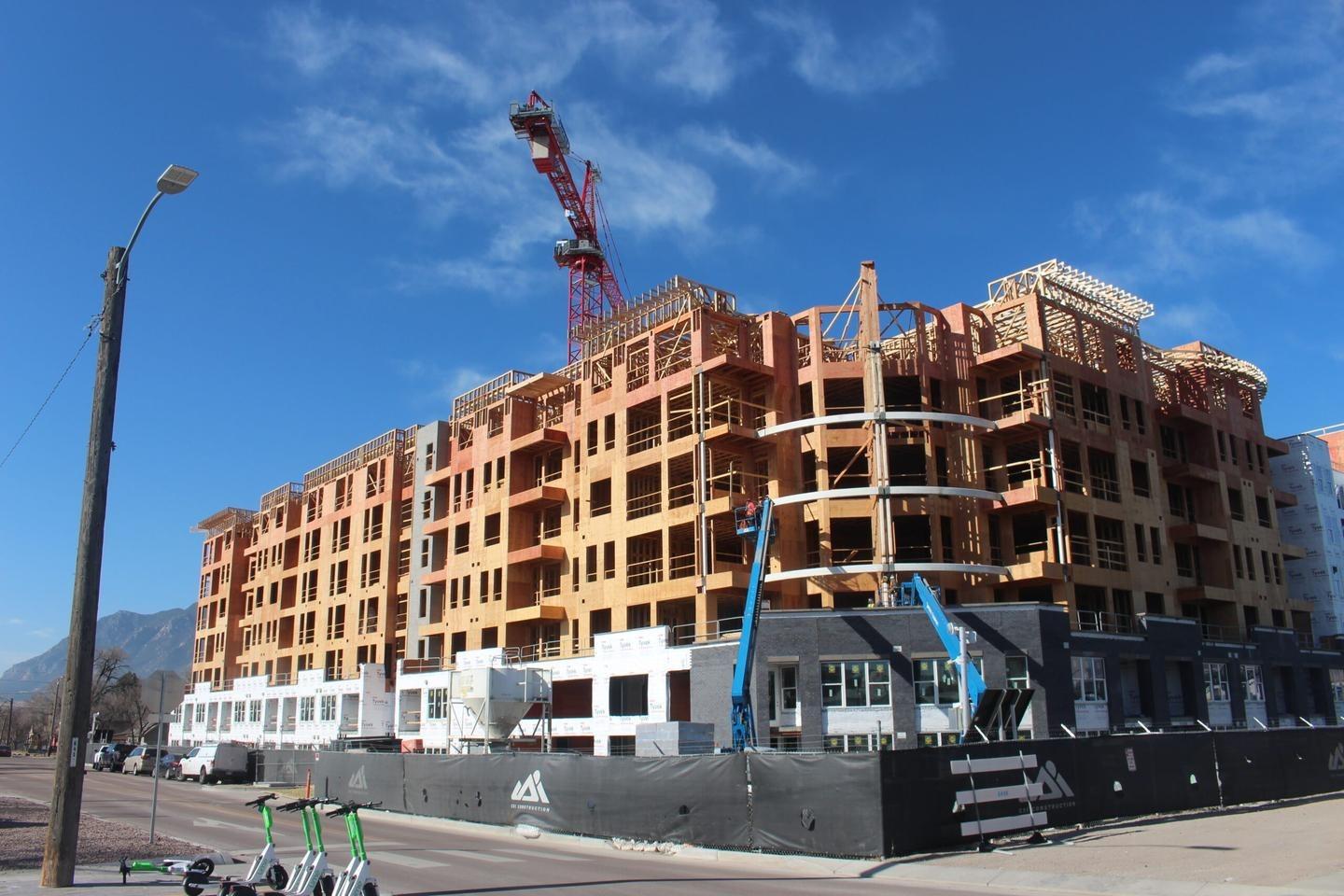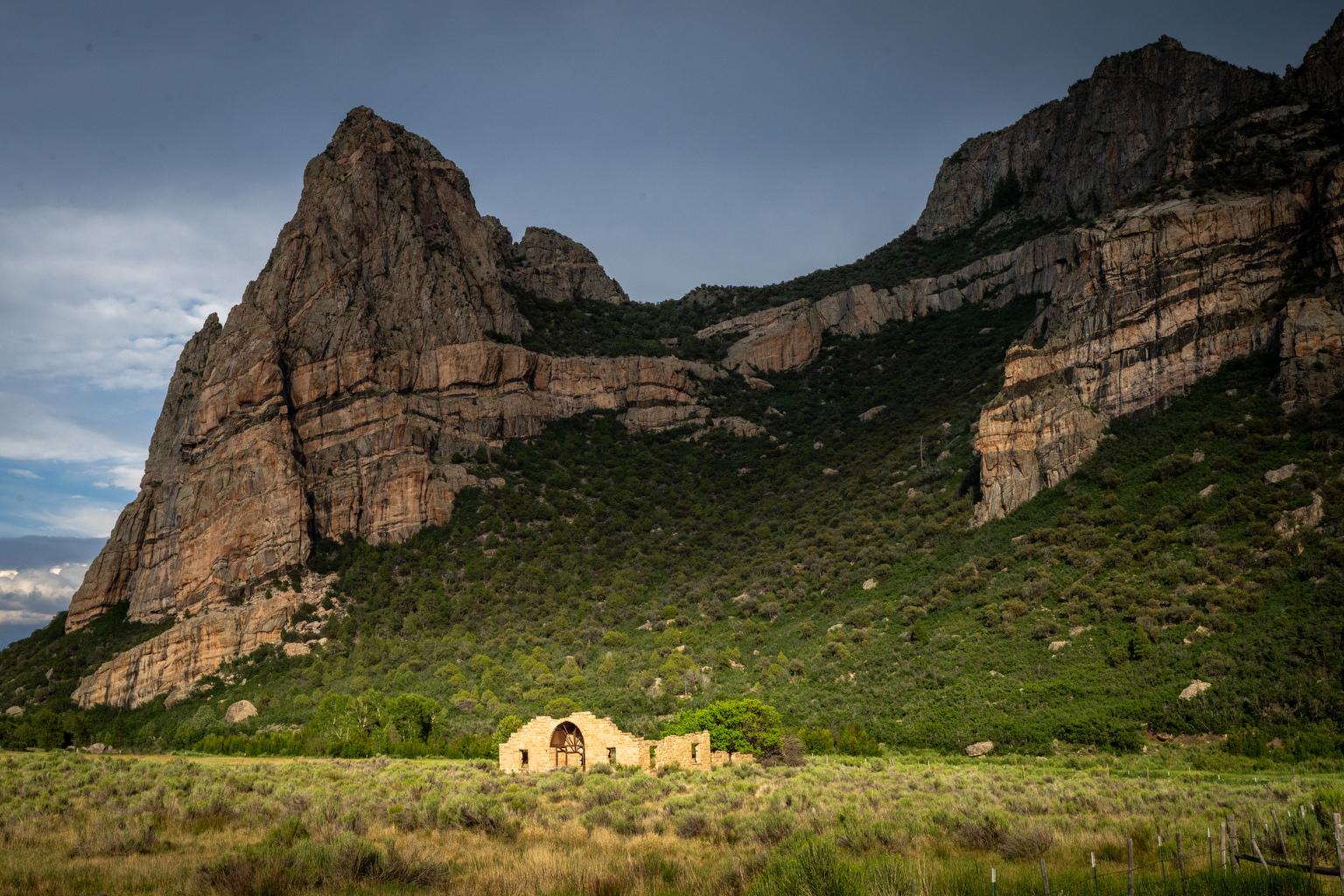
Western Colorado’s Unaweep Canyon is home to renowned rock climbing, picturesque ranches and a claim-to-fame that seems to belie a basic tenet of geology.
Unaweep Canyon is the only canyon in the world where water flows out of both ends, or so the claim goes. Part of the reason for this is that the creeks that flow out of the canyon — West Creek, toward Gateway and East Creek, toward Whitewater — did not produce the water that actually carved the canyon.
“What's really fascinating about it is when you start to dig into it and you see this enormous high relief landform that's carved in hard crystalline — what we call ‘basement’ — and yet all it has is these two little creeks and they're emanating from a divide in the midst of it,” Lynn Soreghan, a geologist at the University of Oklahoma, said. “It's totally perplexing, and it's perplexed everybody who's really ever been there.”
Whether Unaweep is truly alone in this distinction is difficult to say. Geologists who’ve studied the area can’t declare it unique for certain because there’s no universal accounting of every canyon on the planet.
“It certainly seems like it's the only canyon I know of that has two mouths,” Soreghan said. “But I can't say that there's something out there that we don't know about yet, or isn't well known, or what have you.”
Rex Cole, a geologist and professor emeritus at Colorado Mesa University, said it’s also unlikely that the canyon’s claim could ever be guaranteed for certain, but it’s not for lack of interest among his profession.
“That's very much an active area of research, dozens of people I've worked on it. I think there's over 70 publications on Unaweep, just from the geologic point of view,” Cole said.
How Unaweep came to be a canyon of that distinction is something that is known — kind of.
It’s largely agreed upon that a different river carved Unaweep Canyon and then, for one reason or another, migrated elsewhere. That left behind a canyon that would later come to have East and West Creek.
“If we were going to go kayaking 2 million years ago or so about that — I'm just using it as a very general number — we would put our boat in, let's say, about where Whitewater is, and we would float to Gateway. One-way canyon with one mouth,” Cole said.
That river would have been the ancestral Gunnison River, the ancestral Colorado River or even possibly both. Evidence of this exists because gravel associated with the river can be found at either end of the canyon.
“So where the Colorado and the Gunnison came together is a place called Cactus Park, and that's basically where the main part of Unaweep starts, and that is an ancient river confluence because there are river gravels there,” Cole said. “And so that's the smoking gun evidence that at least the Gunnison and probably the Colorado came together in a much different location from where they are today and then went off toward Gateway and carved that canyon.”
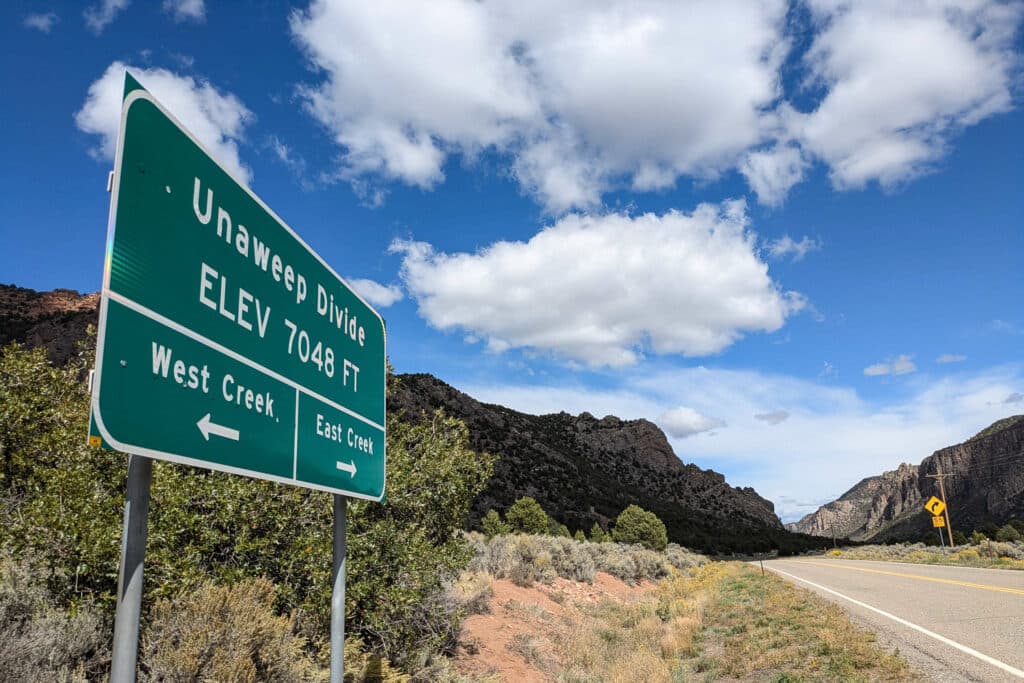
In the middle of the canyon, however, you can’t find that gravel because hundreds of meters of fill has occupied the bottom of the canyon. Without it, Cole said, Unaweep would rival and likely surpass the Black Canyon of the Gunnison for depth. The providence of that fill may help explain where the river went. Geologists believe a landslide blocked the ancestral river that carved the canyon, causing a lake to form and creating the sediment that now fills the canyon.
Eventually, the backlog got so great the river moved elsewhere, abandoning Unaweep Canyon.
“The general feeling is that it's a former stream course of a large river. I think most likely the ancestral Gunnison, some people think it might've been an ancestral Colorado. But yeah, that's the general opinion,” Soreghan said. “That's not an opinion I agree with, but that's a general opinion that most agree with.”
Soreghan has researched Unaweep for years, including drilling deep into the sediment layer at the center of the canyon. She recalls a research trip in the early 2000s when they tried to get to the actual bottom of the canyon through all that sediment by contracting with Himes Drilling out of Grand Junction.
“I think I had $10,000. And so they said, ‘Yeah, we can do that.’ So we started drilling and we got to 200 feet, and it was clear, we were just in the top stuff, the conglomerates, and then we got to 300 feet and still in it. And I turned to Tim Himes and I said, ‘We're out of money. This is as deep as I budgeted for,’” Soreghan recalled.
Himes, she said, didn’t have anything else to do with the drill rig and kept going.
“It was quite amazing because we went to 1,100 feet or so, and finally we had to call it because the rig wasn't set up to go that deep, and we were having a lot of problems clearing out the hole and so forth,” Soreghan said. “So we had to stop, and we never hit the bottom in that hole.”
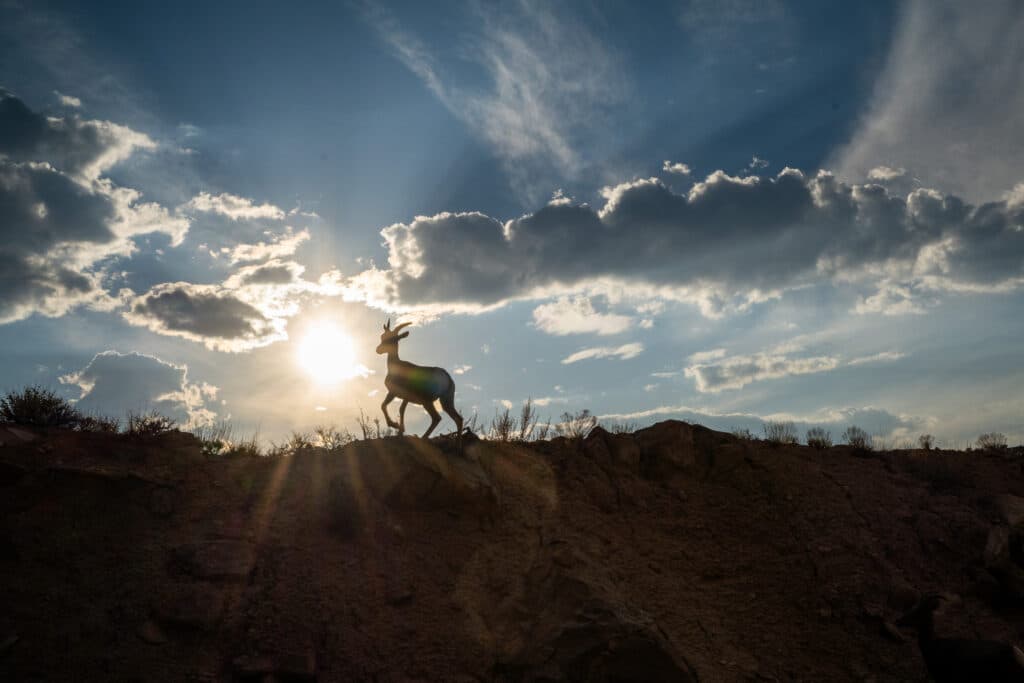
It’s not that Soreghan doesn’t believe the general opinion of an ancestral river. It’s that she thinks the origins of Unaweep Canyon could go back much further.
Soreghan said some geologists had speculated the canyon could have seen glacial activity because of the way rocks in the valley were shaped. However, the elevation of the canyon would have been too low to see glaciers during the last ice age. But Soreghan wondered, maybe that doesn’t exclude the idea.
“What if it's a combination of both of these previous hypotheses? That, essentially, it’s had an earlier history as a glacial valley that it was then essentially buried and then it was exhumed, rather than incised, by the Gunnison River more recently,”
That would mean that the region includes a “paleo landscape,” a remnant of an area hundreds of millions of years old. There are few such places in the world, though they’re difficult to find because they were rarely preserved.
“There's glacial valleys of late Paleozoic age — that's 300 million years old, roughly — in South America and South Africa,” Soreghan said. So it's a real concept. Really old paleo landscapes can exist, but you have to preserve them in some way. And when we're looking at the Western U.S., which is a tectonically active region, it seems incongruous that you could have something like that.”
Cole said he’s not yet seen enough evidence to sign onto the theory that there may be an ancient glacial valley lying in Unaweep Canyon’s past. But he is certain his colleagues will continue to poke at the issue as long as the canyon is still there.
“It's such an intriguing geologic story that I think it'll be a research topic forever and ever. And of course, geologists, like all scientists, love to argue and arm wave. If you wanted to come up with one answer about what could be the story here, I don't think you'd ever get that until some really major breakthrough,” Cole said. “So something to look forward to for the next century or so.”
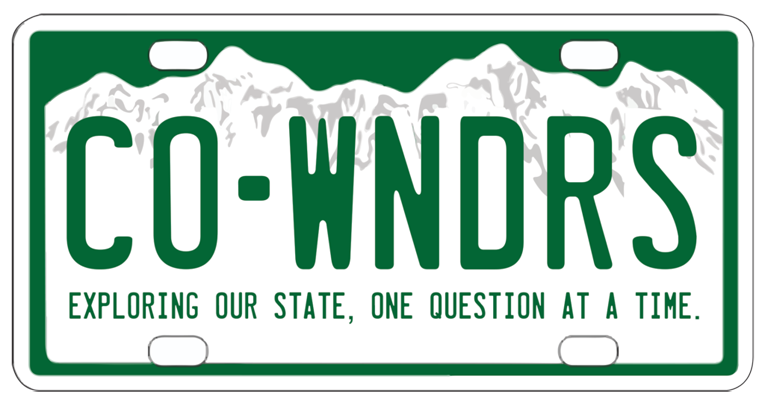
Colorado Wonders
This story is part of our Colorado Wonders series, where we answer your burning questions about Colorado. Curious about something? Go to our Colorado Wonders page to ask your question or view other questions we've answered.



